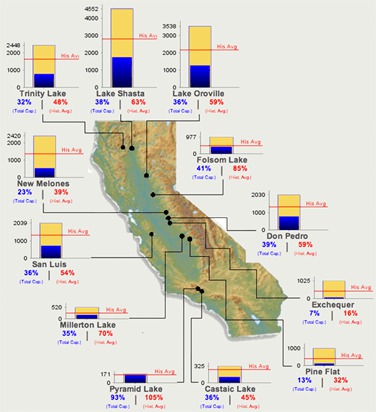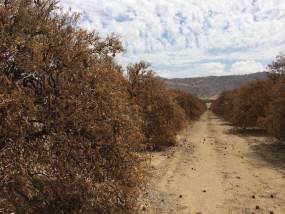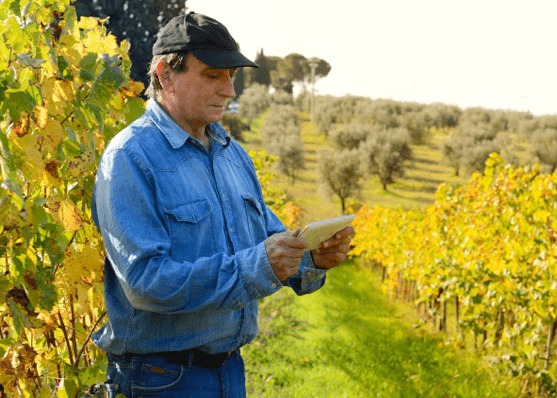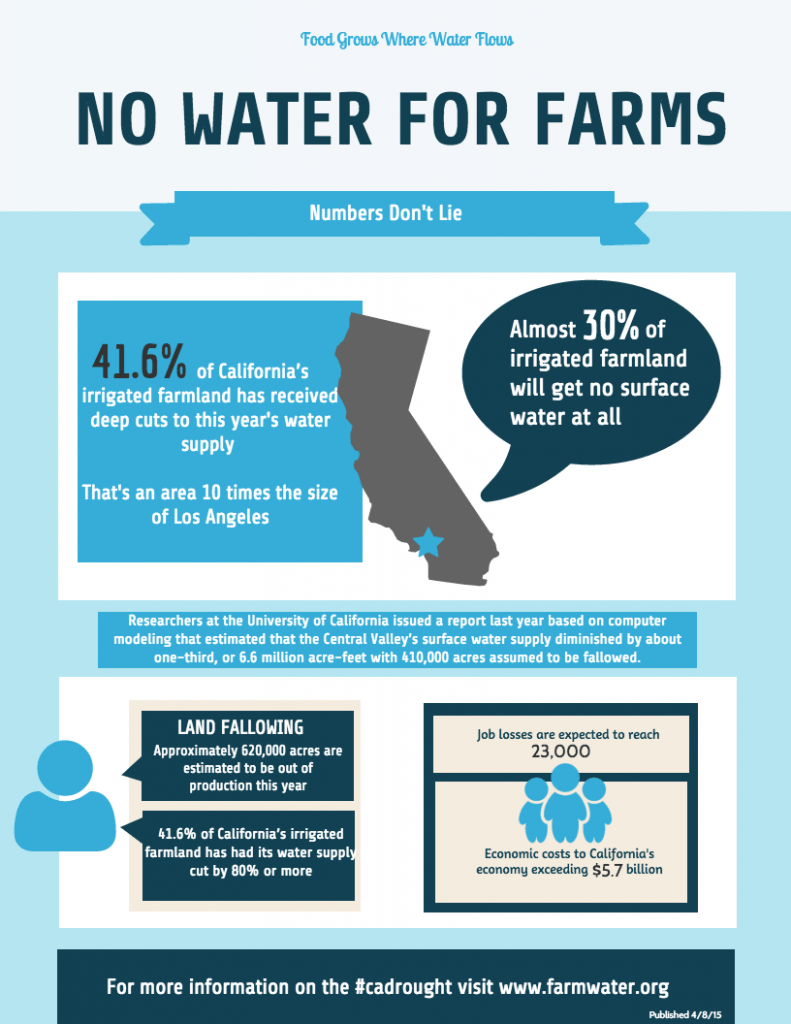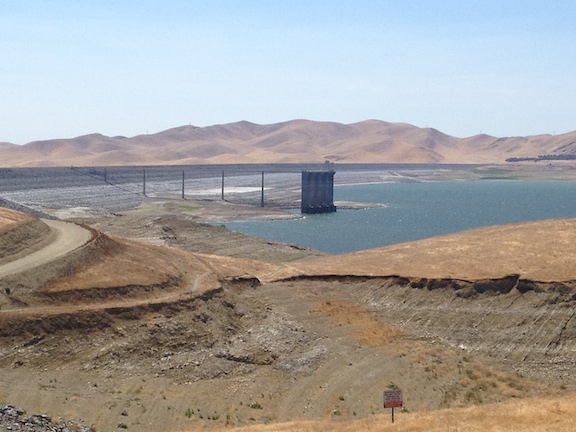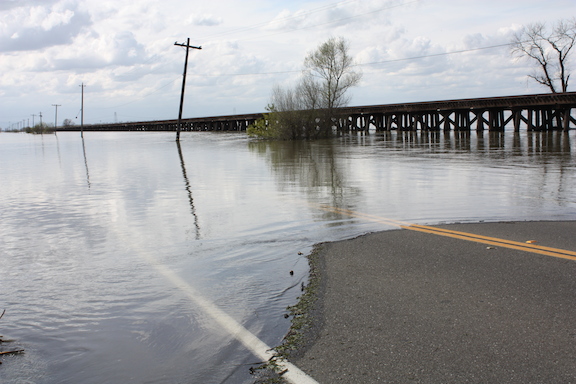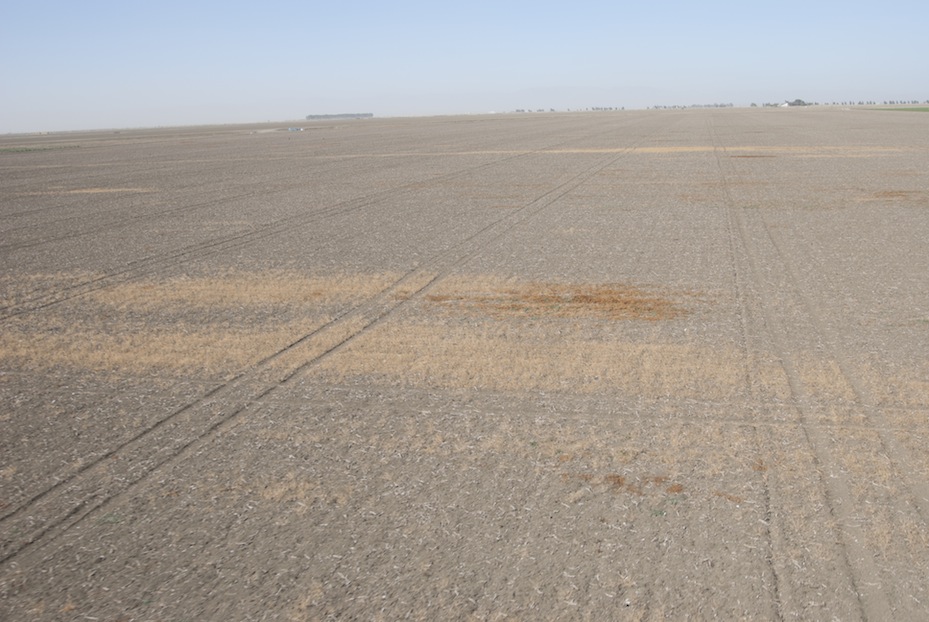California relies on water stored during wet years for use during dry years. Water storage, both above and below ground is critical to California. The map below shows how much water is in California’s major above-ground storage. These California’s Daily Reservoir Levels, per Department of Water Resources’ CDEC, is the water currently stored in […]
Statement on Allocation of California Water by USBR
Today’s announcement of a 5 percent allocation for Central Valley Project water users south of the Delta is another blow to farmers, rural communities and consumers who buy California farm products. If last year is any indication a number of specialty crops grown on the San Joaquin Valley’s Westside will once again be on the […]
Poll affirms Americans’ support for farm water
Poll affirms Americans’ support for farm water Americans have confirmed their support for farmers’ use of water to produce food and fiber during times of scarcity in a recent poll by AP-GfK. The drought now affecting California and other Western states has captured the public’s attention, with the majority of those polled (56 percent) noting […]
Over 41 percent of California’s irrigated farmland loses nearly entire surface water supply
Over 41 percent of California’s irrigated farmland will lose 80 percent or more of its normal surface water allocation this year, according to a new survey by the California Farm Water Coalition. The survey of agricultural water suppliers conducted the first week of April shows that 3.1 million acres, or 41.6 percent of California’s irrigated […]
SWRCB staff rejects urgent request for water
SWRCB staff rejects urgent request for water Despite concurrence among five State and federal agencies, a single State employee reversed a plan that would have delivered desperately needed water to most of drought-parched California. The decision is currently costing California water users about 2,000 acre-feet of water per day. A decision yesterday afternoon by State […]
Mismanaging Floods in a Drought – Updated 12-15-2014
Reduced Pumping Now May Protect Future Supplies The Department of Water Resources (DWR) and U.S. Bureau of Reclamation (USBR) in conjunction with the U.S. Fish and Wildlife Service (USFWS) are experimenting with pumping reductions for several days to prevent a “turbidity bridge” from occurring in the central and south Delta. Delta smelt are attracted to […]
Reservoir Levels Map
Opposition to California Drought Legislation is Misleading
Opposition to H.R. 5781 is Misleading H.R. 5781, Congressman David Valadao’s drought relief bill requires water exports to stay within the existing salmon and Delta smelt biological opinions. Concerns raised by NRDC’s Doug Obegi are a red herring to thwart progress on providing water to a parched Central Valley. Exports may increase, as Obegi says, […]
STATEMENT: Water allocation is good news; but does not end drought or restrictive regulations
Water Allocation is Good News, But Doesn’t End Drought The following is a statement by Executive Director Mike Wade of the California Farm Water Coalition in response to the DWR announcement of 10 percent water allocation from the State Water Project.) “Today’s announcement that the State Water Project will deliver an initial allocation of 10 […]
On the Abandonment of Federal Drought Legislation
On the Abandonment of Federal Drought Legislation “California’s Central Valley has shouldered more than its share of the pain brought on by reduced water deliveries and the drought. For more than 20 years, misguided environmental policies have drained California of over 20 million acre-feet of water – water that was originally intended to grow food. […]
